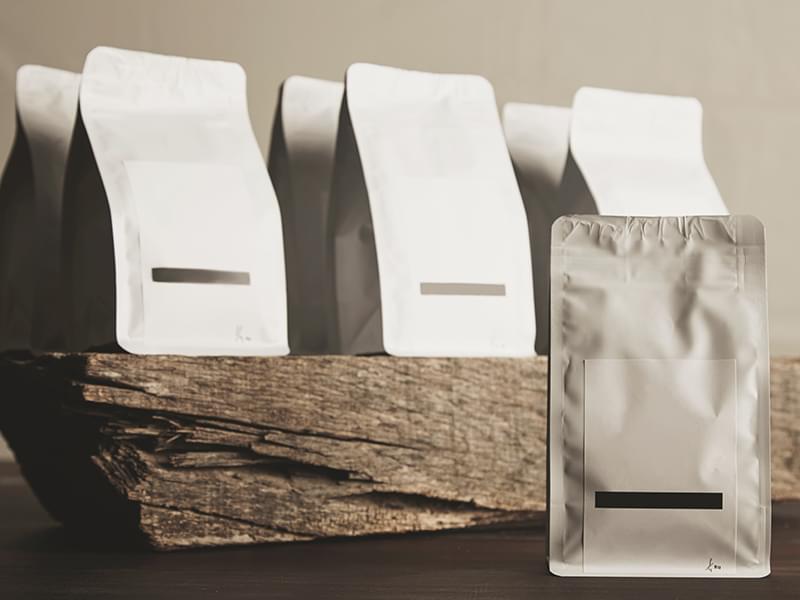Available in the form of pouches, bags and films, flexible plastic packaging continues to be a growing market that offers a range of benefits to consumers and brands. With applications in food packaging, tobacco packaging, cosmetics, pharmaceuticals, and potentially others, the greater barrier and protective properties that occur when substrates are combined are driving strong demand for flexible plastic, paper and foil packaging over the next five years. Growth will take place during the period even as COVID-19 remains the focal point for the industry in 2021.
Flexible packaging is preferred by goods manufacturers for its cost, recyclability and sustainability. Growing demand for more environmentally friendly pack designs is resulting in world consumption of flexible plastic at a projected rate of 31.5 million tonnes in 2021, according to
The Future of Global Flexible Packaging to 2026, a just published report from Smithers. This follows a -5.5% drop in overall value in 2020, due to the impact of global pandemic on the market. The global market is forecast to grow by an annual average growth rate of 3.4% to 37.5 million tonnes in 2026.
Regional disparities
Global demand for consumer packaging will continue to grow the fastest in Asia-Pacific, with the region expected to increase at an annual average rate of 5.4%. This is slower than 2021 GDP growth, but faster than onwards GDP growth, according to Smithers research. The Asia-Pacific is currently a developed market for flexible packaging; however, it has not reached saturation, so future growth is expected. The recovery from the pandemic already underway in China and elsewhere in Asia, these regions represent the largest growth opportunities for flexible packaging suppliers through to 2026.
In contrast, the slowest growing market is forecast to be Western Europe with an annual average growth rate of 1.9% that is lower than 2021-2023 GDP growth however is higher than 2024-2026 GDP growth.
Overall the impact of a post-COVID-19 recession will vary from country to country with duration depending on the success of national virus control and vaccination programs, as well as the effectiveness of government stimulus spending.
Dominant substrates
In terms of substrate, PE is in greatest demand in terms of volume used. It has 41% of the overall flexible packaging market. PE is followed by BOPP, BOPET and paper packaging options. The smallest market is EVOH with only 0.3% of the global flexible packaging market. The fastest growing substrate is BOPP, which has an annual growth rate of 5.3% to 2026 while growth rates for RCF and foil will be close to zero.
Flexible plastics (BOPP, CPP, BOPA, BOPET, PE, PVC, EVOH, RCF) will remain the largest segment of the market and will see the fastest growth. Although, these materials have come under scrutiny as governments and consumers show greater interest in reducing the environmental impact of packaging. Flexible polymer constructions – especially multi-layer laminates are among the most difficult formats to recycle efficiently. In response, material suppliers and converters are introducing monomaterial packs that can be recovered in existing waste streams. This is driving R&D efforts to deliver performance characteristics previously only possible with multilayer constructions, such as effective high-speed heal sealing, withstanding retort cooking, and pouches for home oven use.
End-use sector trends
Representing slightly more than half of the market, industrial formats, have been affected more than consumer packaging applications. Smithers forecasts that demand will return through 2021 as shelter-in-place orders are lifted and international trade flows return to normal levels. Flexible packaging will benefit directly from this, and Smithers forecasts a compound annual growth rate (CAGR) of 3.4%, by volume. This will see total consumption reach 37.5 million tonnes in 2026.
Food packaging has previously shown itself resilient in times of economic downturn, and this represents around 75% of all flexible packaging demand. This is primarily due to continued population growth and demand for food in more convenient and smaller packaging designs which is a benefit that flexible packaging offers. Of the food market, meat, fish and poultry has the largest market share and this is followed by confectionary and dried foods.
Luxury goods will be much more badly affected, but these make limited use of flexibles; and moves to control the virus will also support wider demand for medical devices and pharmaceuticals.
The slowest growing end-use market globally is tobacco at a rate of 1.8% and in some regions this is an end-use market that is actually seeing a fast decline in demand. This is linked to continued reduction in consumption of tobacco products.
Recycling and new designs
The industry is investigating how to use more recycled post-consumer resin in polymer packaging films with wider use of feedstocks sourced from first-generation chemical recycling. In retail packaging there is also growing interest in flexible paper concepts, including new barrier concepts and designs, which allows brands to demonstrate their green credentials to customers.
Sustainability
Sustainability is still a priority for companies producing flexible packaging, although somewhat delayed by COVID-19. Many companies have put in place sustainable packaging goals that will take effect by 2025 or 2030. In support of these actions, many state governments are looking at projects that will minimize environmental impact. Efforts include using flexible packaging to minimize food spoilage through improved ambient barrier performance during transit.
